Book Hook: Land(and water)scapes
Book Hook: Land(and water)scapes
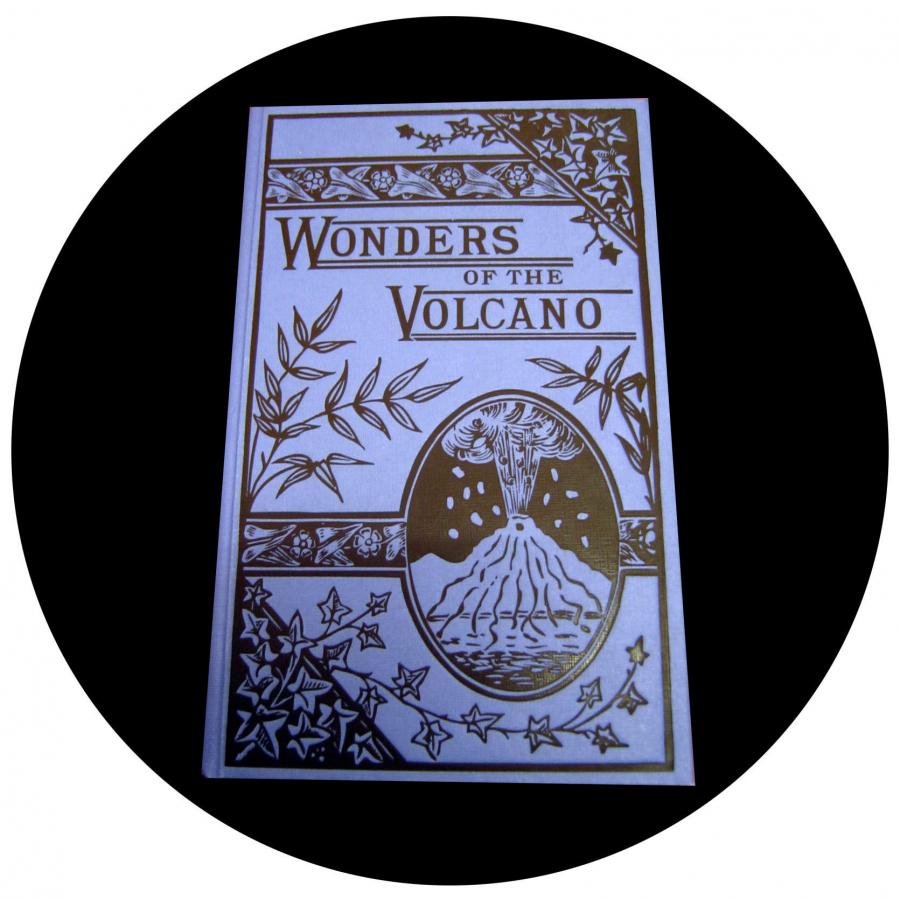
Earlier this week I attended a conversation between artist Ilana Halperin and Professor Achim Brauer (GFZ German Research Centre for Geosciences in Potsdam) on the occasion of Halperin’s exhibit at Schering Stiftung, “Hand Held Lava”.
In close collaboration with geological specialists, Halperin creates work that speaks both about significant geological and biographical events in an attempt to get a sense of human time within the scope of geological time. Also, by taking a look at how people deal with natural catastrophes, she provides insight on the social significance of these geological events. The natural landscape has provided inspiration for artists for centuries. As the landscapes surrounding us change (both as our doing and for natural reasons) so do our responses to it.
The Volcano:
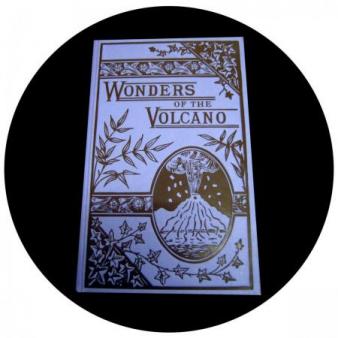
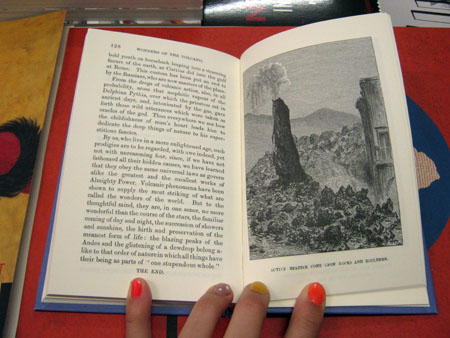
In keeping with the theme of volcanism, Wonders of the Volcano by Salvatore Arancio not only speaks about geological and human time but human historical time as well. Re-printed in full are the text and images from the book of the same title by the 19th century British naturalist, Ascott R. Hope. In terms of its scientific merit, Hope’s work is likely viewed as antiquated by geologists today, but its most redeeming qualities are its fanciful descriptions and observations mixed in with folklore and superstitions. Arancio intervenes with the original text by altering the images (keeping true to the aesthetic of the 19th century etchings) to transform the natural wonders into uncanny post-apocalyptic scenes. The result of this is subtle intervention is a book that is difficult to locate in the past, present, or future, but perhaps closer to a Borgesian parallel universe. (Available at ProQM and Motto)
The Park:
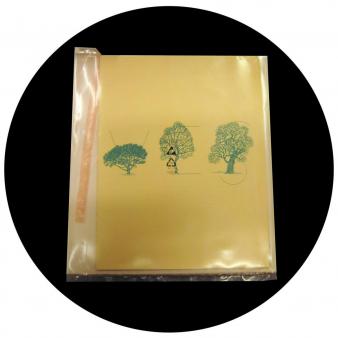
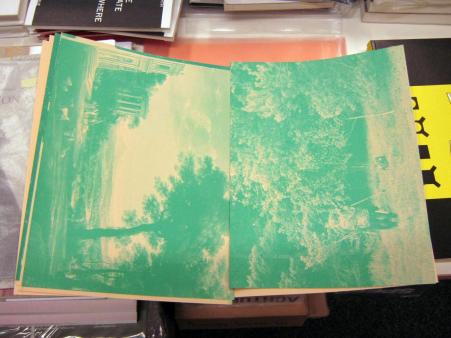
The publication Leaves by Susanne Bürner accompanies a video by the same title in which a park meadow is framed as a stage for a potential spectacle. The pages are not bound, but are instead collected in a cover folio that rests inside a pink plastic bag; therefore the pages mimic the nature of the leaves shown in the video since they can be shuffled. The content shifts not only with regard to its format, but also with regard to the subjects on each page, which include texts about 18th century landscape painting, performance, film and images both from the Leaves video and other noteworthy films. The notion of landscape oscillates between painting, video, performance, and print. (Available at Motto)
The River:
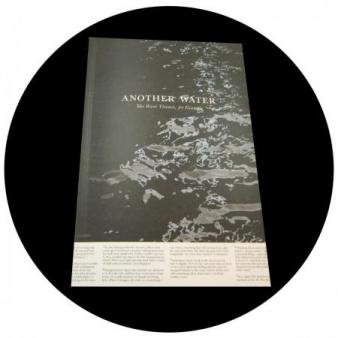
Roni Horn’s book, Another Water, the River Thames for Example, contains forty-seven striking photographs of the Thames water presented as double page spreads. The footnotes running along the bottom of each page come from various sources including “Dead Body Reports” (accounts of suicides that have taken place in the river), Emily Dickenson poems, and the artist’s reflections; what all of these footnotes have in common is the river. The river is always moving, and the photographs capture moments that can never again be recreated; for something so fluid the water appears solid and impenetrable, adding to its mystery and magic. The apparent solidity gives the images a topographical quality that allows the water to be carefully examined and contemplated. (Available at 25 books)
The Ground:
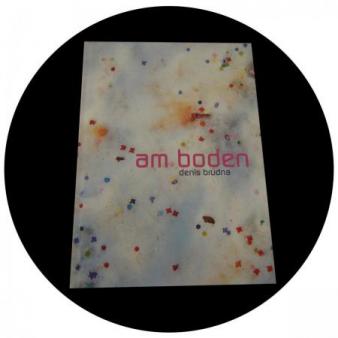
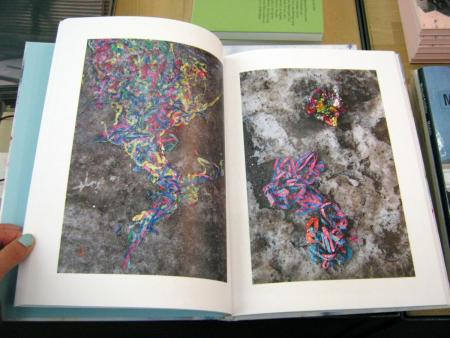
On New Year’s morning everyone is sleeping except for Denis Brudna whose photographs of the morning after are reproduced in the book, Am Boden. His camera has captured the leftovers, the confetti, the streamers, and the firecrackers against the backdrop of snow and cement, creating amusing accidental compositions. These traces of the celebration the night before, the litter on the street, create a sense of nostalgia and melancholy because the party is over…someone has to clean up the mess. (Available at 25 books)